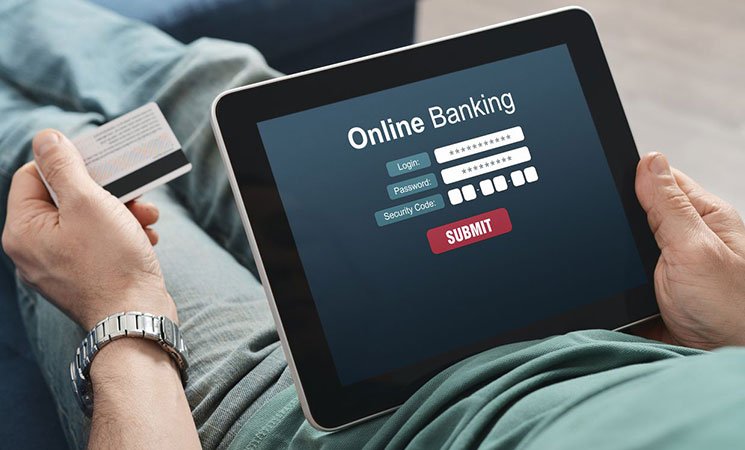The digital age has revolutionized many aspects of daily life, and banking is no exception. The ability to set up an online bank account has not only made banking more accessible but also more efficient. This guide aims to provide an in-depth look into the process, breaking down each step for easy comprehension.

Understanding the Benefits
The allure of online banking isn’t just in its novelty. One of the primary advantages is the unparalleled convenience it offers. Imagine a scenario where you’re spared the hassle of traveling to a physical bank on a cold, rainy day. Instead, you’re in your cozy living room, sipping coffee and initiating your account setup. In addition to the convenience, many online banks offer competitive interest rates, significantly lower fees, and round-the-clock access to your funds. Such benefits make the move to online banking appealing and financially sound.
The Prerequisites for Account Creation
Embarking on this online journey requires some preparation. Primarily, you’ll need to gather essential documents. Banks commonly ask for proof of identity, which can be satisfied with documents like a passport or a driver’s license. In addition, proof of address is needed; this could be a recent utility bill or a rent agreement. Having these documents ready and within arm’s reach can make the application process considerably smoother and faster. Being prepared eliminates unnecessary hurdles and potential delays. You may also want to stay up to date on the latest news websites to keep current on what’s happening in the world of banking – this can help you get a more holistic sense of online banking before creating your own account.
Navigating the Application Process
The actual process of opening the account online is straightforward, though caution is advised. It’s imperative to start by accessing the bank’s official website of your choice. Engaging with third-party sites might expose you to potential risks. Once on the official platform, look for options labeled ‘open account’ or ‘new account.’ The process is analogous to filling out a physical form, with the added benefits of helper texts and tooltips. This digital approach reduces errors and provides clarity, making the procedure more user-friendly.
Security Measures: Keeping Your Data Safe
Online banking, while convenient, does raise concerns about data security. Fortunately, banks know these concerns and have implemented robust encryption measures to protect user data. It’s much like a fortress with multiple layers of protection against potential threats. When inputting personal data, always verify that the website’s URL begins with ‘https’ and that there’s a padlock icon visible in the address bar. These indicators ensure you’re on a secure platform and your data remains protected.
SoFi states, “Opening an account is quick and easy. All we need are a few pieces of information such as name, home address, and Social Security number. In some cases, we may need additional documentation like a copy of your driver’s license, and/or a current photo ID to verify your identity.”
After Account Creation: What Next?
The following steps are straightforward once you’ve successfully set up an online bank account. Most banks dispatch a welcome kit to your registered address. This kit typically contains essential items like your checkbook, debit card, and critical documentation. The contents are similar to what you’d receive from a traditional bank, but the absence of long waiting times and queues is a noticeable improvement. With the account active, a suite of online banking features is available—from funds transfers to bill payments, providing a comprehensive banking experience from home or office.
The digital transformation in the banking sector signifies more than just adapting to technological advancements. It embodies a broader paradigm shift that encompasses convenience, efficiency, and empowerment for users worldwide. With an online bank account, individuals are breaking free from traditional banking limitations and embracing a more personalized and efficient banking experience. As digital infrastructures continue to improve and as people grow increasingly comfortable with online transactions, this shift could further democratize banking, making it accessible to even the remotest corners of the world. Embracing this change, with adequate knowledge and safeguards, can pave the way for a revolutionized financial future.

